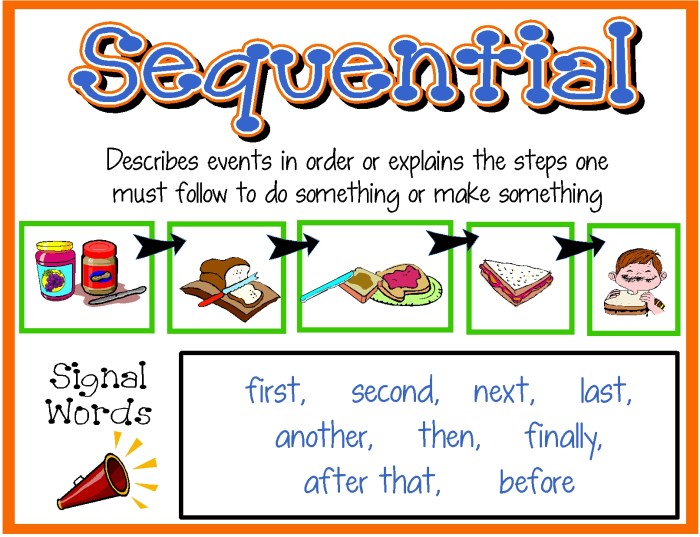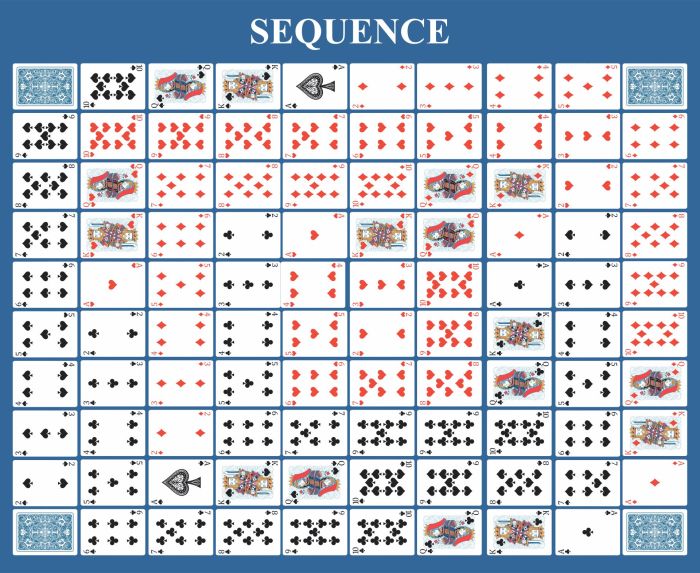A play’s ________ is the overall order of scenes. – A play’s scene order, the meticulous arrangement of its constituent scenes, stands as the backbone of its dramatic structure, shaping the flow, pacing, and emotional impact of the narrative. This intricate tapestry of scenes, woven together with precision, orchestrates the unfolding of characters, themes, and conflicts, captivating audiences and leaving an enduring mark on their imaginations.
The sequencing of scenes is not merely a technicality but a potent tool in the playwright’s arsenal, enabling them to craft a dynamic and engaging theatrical experience. By manipulating the order of scenes, playwrights can control the ebb and flow of tension, suspense, and resolution, creating a rollercoaster of emotions that keeps audiences on the edge of their seats.
1. Introduction: A Play’s ________ Is The Overall Order Of Scenes.

A play’s order of scenes refers to the sequence in which the individual scenes of a play are arranged. It is a crucial element of dramatic structure that influences the flow, pacing, and overall impact of the play.
Structuring scenes in a play is essential for creating a cohesive and engaging narrative. It allows the playwright to control the audience’s experience by manipulating the order in which information is revealed, characters are introduced, and conflicts are developed.
2. Types of Scene Orders
There are various types of scene orders that playwrights can employ to achieve different effects:
- Chronological Order:Scenes are arranged in the order in which the events occur in the story.
- Non-Chronological Order:Scenes are arranged out of chronological order to create suspense, foreshadowing, or reveal information gradually.
- Episodic Order:Scenes are relatively independent and can be rearranged without significantly altering the overall story.
- Parallel Order:Scenes depict different storylines or perspectives that are interwoven and occur simultaneously.
3. Dramatic Structure
Scene order plays a significant role in shaping the dramatic structure of a play. It helps create:
- Exposition:Introduction of characters, setting, and background information.
- Rising Action:Development of conflicts and obstacles that drive the plot forward.
- Climax:The turning point or peak of the conflict.
- Falling Action:Resolution of the conflict and its consequences.
- Resolution:Final outcome of the play.
4. Character Development, A play’s ________ is the overall order of scenes.
Scene order can be used to develop characters and reveal their motivations, conflicts, and relationships:
- Introductions:Scenes introduce new characters and establish their personalities and relationships.
- Character Arcs:Scenes show the changes and growth of characters throughout the play.
- Conflicts:Scenes depict characters’ conflicts and how they interact with each other.
5. Symbolism and Foreshadowing
Scene order can create symbolism and foreshadowing by:
- Symbolic Scenes:Scenes that represent abstract concepts or ideas.
- Foreshadowing:Scenes that hint at future events or themes.
6. Emotional Impact
Scene order can evoke specific emotions in the audience by:
- Suspense:Scenes that build anticipation and tension.
- Surprise:Scenes that reveal unexpected twists or turns.
- Catharsis:Scenes that provide emotional release or resolution.
7. Practical Considerations
Practical considerations also influence scene order, including:
- Stage Design:Scenes must fit within the physical limitations of the stage.
- Actor Availability:Actors may not be available for all scenes.
- Technical Limitations:Scene transitions must be feasible with the available equipment.
FAQ
What is the purpose of scene order in a play?
Scene order serves multiple purposes, including controlling the flow and pacing of the narrative, creating tension and suspense, developing characters, and conveying symbolism and foreshadowing.
How does scene order contribute to character development?
Scene order can be used to reveal character motivations, conflicts, and relationships by strategically placing scenes that highlight different aspects of a character’s personality and interactions with others.
What practical considerations influence scene order?
Practical considerations such as stage design, actor availability, and technical limitations can impact the order of scenes, as they may necessitate certain scenes to be performed in a specific sequence.


